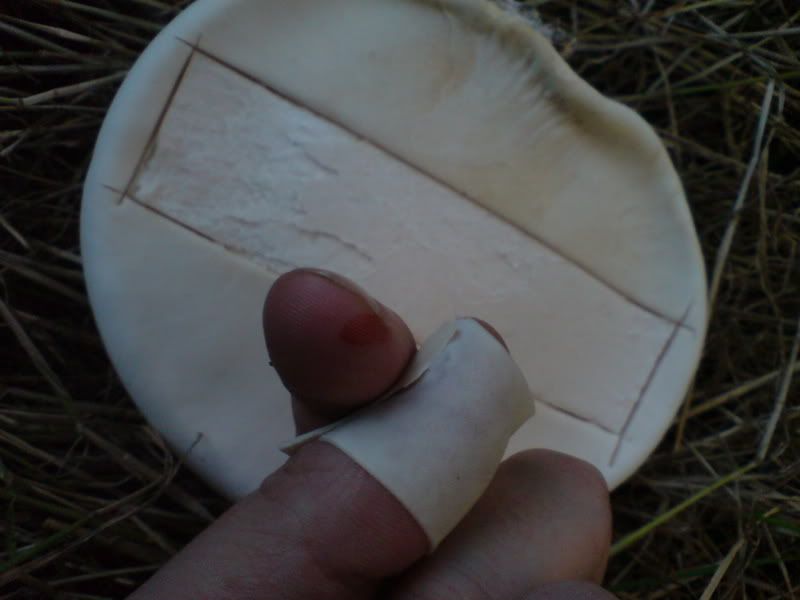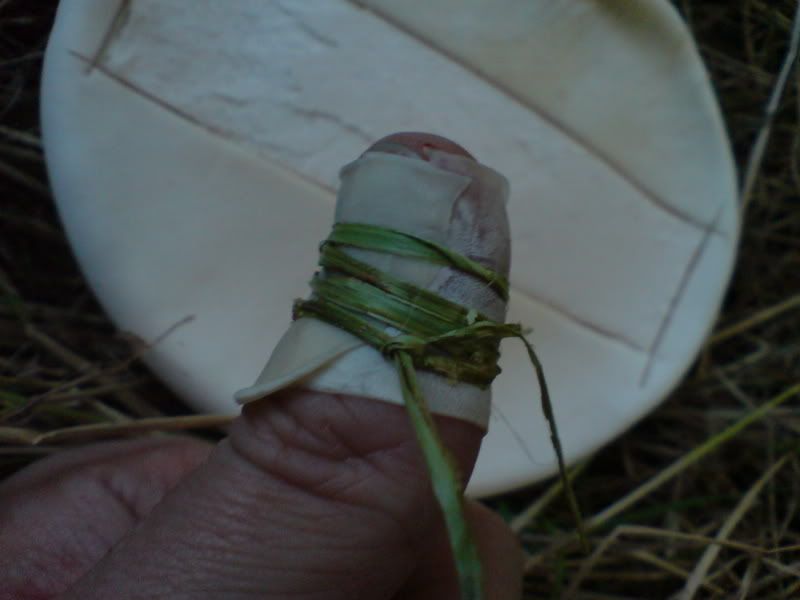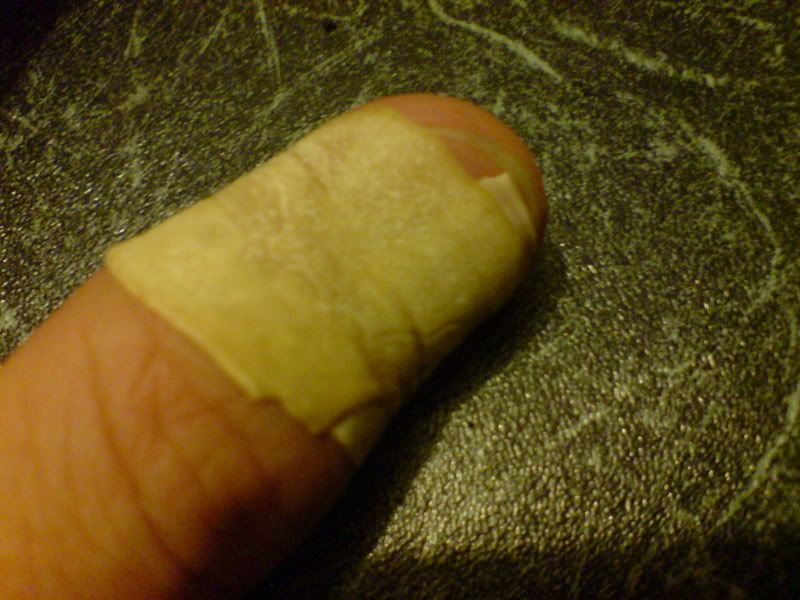Otherwise know as razor strop fungus if i'm right...
Has anyone used it to succsess firelighting? i've just done a search and found it is used to extend an ember, but will t take a spark directly once dried?
Was pointed out two nice fresh hand size specimens today (of several on the rotted trunk) but i'm not shure how to prepere them, or what to expect once dried!
Grateful for any advice, TBL.

Has anyone used it to succsess firelighting? i've just done a search and found it is used to extend an ember, but will t take a spark directly once dried?
Was pointed out two nice fresh hand size specimens today (of several on the rotted trunk) but i'm not shure how to prepere them, or what to expect once dried!
Grateful for any advice, TBL.








